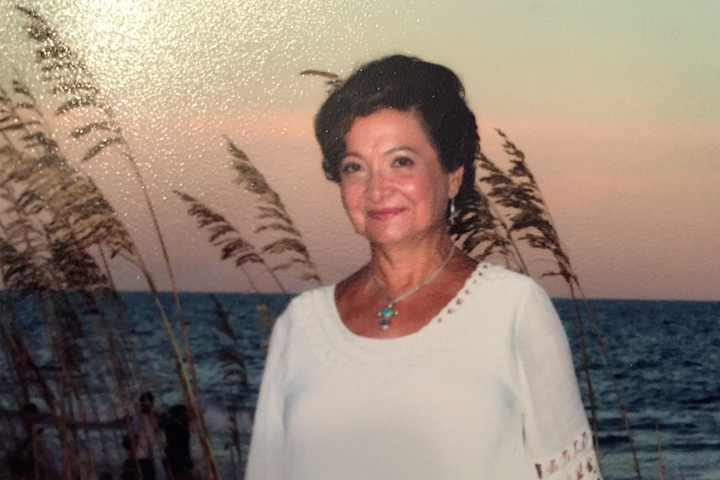With No Family History of Cancer, Surprised By the Diagnosis

- Whipple procedure
- Liquid biopsy for metastases
- Experimental chemotherapy: lower doses of FOLFIRINOX and then FOLFOX
Like most people, I knew what the diseases in my family were and being a good nurse I calculated that I would succumb to either heart disease or stroke.
Cancer was never a thought. There was no cancer in the family.
So, when I cooked the big Italian dinner for my daughter when she moved into her new house, and got chest pain after celebrating, I assumed it was a heart attack and drove myself to the hospital. After they ruled out a heart attack, a sonogram of my abdomen said all my ducts were dilated—gall bladder? We then did an esophagogastroduodenoscopy (EGD) and endoscopic retrograde cholangiopancreatography (ERCP) looking for the cause.
A Stunning Diagnosis
There was a mass in the pancreas that was blocking the bile duct. The blockage was big and they could not get through, but did get a biopsy. Adenocarcinoma of the pancreas. WHAT! Wait, cancer? I was Senior Director of Nursing at this hospital and these were all my friends. No one could say “cancer” and “pancreas” in the same sentence. So, being in shock I thought ‘OK we’ll just remove the common bile duct and I’ll be fine.’
When the surgeon came in to explain the operation and I realized what I was dealing with, I knew I had to go to a hospital and a surgeon who did this every day. My hospital is a wonderful place with great nurses and doctors but they are not that familiar with the procedure I needed.
Surgery, then Chemotherapy
I am thankful that I was a candidate for the Whipple procedure, which has given me the ability to be here writing this and to spend more time with my family and friends. The Whipple removes the gall bladder, part of the intestines, part of the stomach, and the part of the pancreas that is diseased, and sews it all back together. I was lucky that my pancreatic cancer was in the head of the pancreas.
The surgery was a success. No evidence of cancer anywhere else. So after two months recovering, off to the oncologist I go, thinking a few months of chemotherapy and I can take a deep breath. I love my oncologist, warm, compassionate but always truthful. She told me, “Marianne, there are these two very little spots on the liver. I need to know what they are as this will determine staging and chemo.” Hence, biopsy of liver. Stage IV pancreatic cancer with metastases to the liver.
So our original chemo plan changed and we went to the big guns, probably some form of chemo forever. We started on FOLFIRINOX at reduced doses and did this for two months and then it was changed to FOLFOX for two more months. The tumor in the liver remained stable with no new disease. I started to develop neuropathy in my hands.
Liquid Biopsy to Determine the Next Step
Then, I worked with my oncologist to do specialized testing called circulating tumor cell testing. This is what people also call a liquid biopsy. My doctor used the information from this test to guide which chemotherapy I should use next. She told me that the testing was experimental, and is not covered by insurance. I decided to move forward with the testing. So I am getting standard drugs but not in the combination that most people get. I am currently receiving gemcitabine and infusional 5-FU every two weeks. My recent scan shows that the tumors in my liver are now barely visible.
Which brings us to today, more than one year later. I feel really good. I don’t have a lot of side effects from the treatment, and most are manageable with meds as needed. I just came back from a cruise with my entire family. I am feeling so blessed to be writing my story in hopes I can shed light and give hope to all suffering from pancreatic cancer.
Sixteen months after sharing her story, Marianne passed away. We offer deep sympathy to her family, and greatly appreciate her willingness to share her story with Let’s Win.






